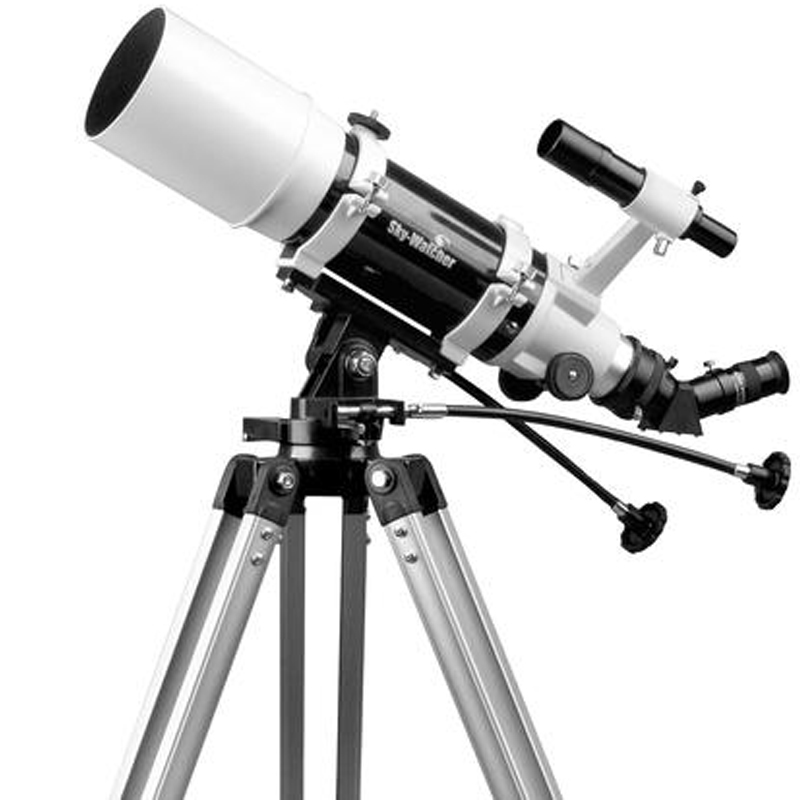


The great telescope of Birr, the Leviathan of Parsonstown. In addition, the reflection telescope principle was applied to other electromagnetic wavelengths, and for example, X-ray telescopes also use the reflection principle to make image-forming optics. Reflecting telescopes became extraordinarily popular for astronomy and many famous telescopes, such as the Hubble Space Telescope, and popular amateur models use this design. After multiple polishings and tarnishings, the mirror could lose its precise figuring needed. Chiefly the metal mirrors only reflected about 2⁄ 3 of the light and the metal would tarnish. Common telescopes which led to the Crossley and Harvard reflecting telescopes, which helped establish a better reputation for reflecting telescopes as the metal mirror designs were noted for their drawbacks. In the 19th century a new method using a block of glass coated with very thin layer of silver began to become more popular by the turn of the century. This type included Newton's first designs and even the largest telescopes of the 19th century, the Leviathan of Parsonstown with a 1.8 meter wide metal mirror. Since reflecting telescopes use mirrors, the design is sometimes referred to as a catoptric telescope.įrom the time of Newton to the 1800s, the mirror itself was made of metal – usually speculum metal. Reflecting telescopes come in many design variations and may employ extra optical elements to improve image quality or place the image in a mechanically advantageous position. Almost all of the major telescopes used in astronomy research are reflectors. Although reflecting telescopes produce other types of optical aberrations, it is a design that allows for very large diameter objectives. The reflecting telescope was invented in the 17th century by Isaac Newton as an alternative to the refracting telescope which, at that time, was a design that suffered from severe chromatic aberration. 24-inch convertible Newtonian/Cassegrain reflecting telescope on display at the Franklin InstituteĪ reflecting telescope (also called a reflector) is a telescope that uses a single or a combination of curved mirrors that reflect light and form an image.


 0 kommentar(er)
0 kommentar(er)
